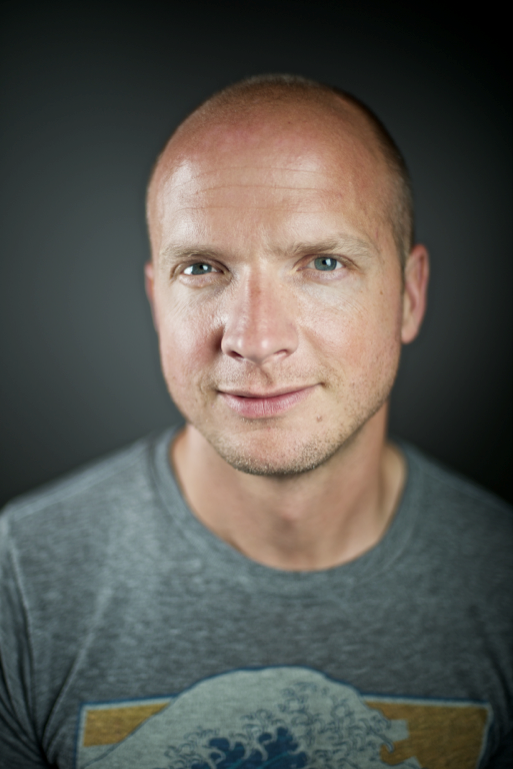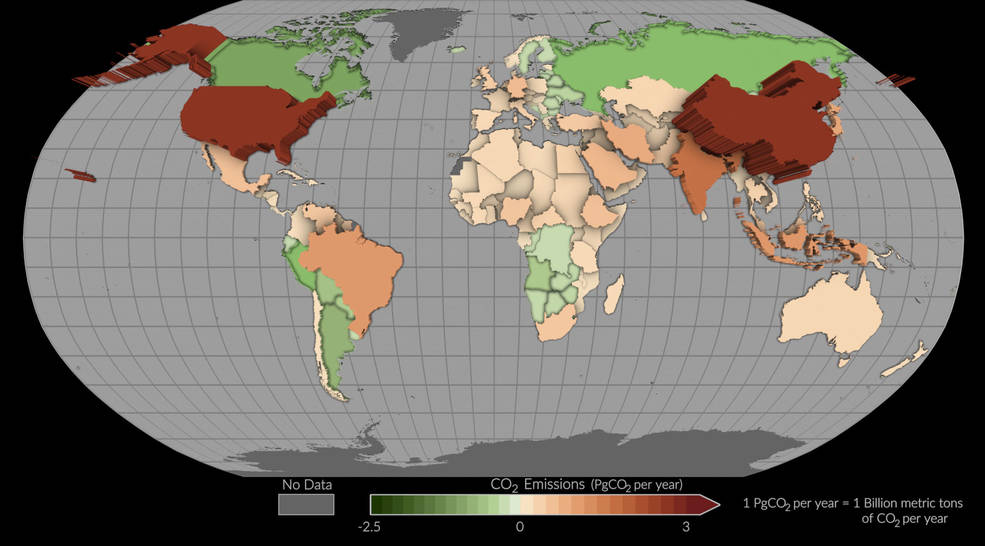2 min read
Dr. Christian Frankenberg has been a research scientist for NASA’s Jet Propulsion Laboratory since 2010. He develops software algorithms to retrieve information about carbon dioxide in our atmosphere from the Orbiting Carbon Observatory-2 (OCO-2) instrument, which was launched in July 2014. Frankenberg also uses satellite data to pick up the nearly invisible

given off by chlorophyll in plants, which sheds new light on the productivity of vegetation on land.
Going into the nitty gritty of data analysis and unraveling new features in datasets, such as the fluorescent glow from the chlorophyll stored in plants. It is still somewhat surreal to me that the data we are using actually come from a satellite in space. It’s exciting when we get our hands on information we have never had before.
First and foremost I’m happy that we had a successful launch, as there is always a possibility of an unfortunate failure [as happened with the first OCO satellite]. Last week (on August 6, 2014) the mission had its “first light” – first real science data – so I will be busy analyzing those initial spectra. We know how the instrument should perform and how well it did on the ground before launch, but getting data from orbit is on a whole new level. After that, I’m looking forward to OCO-2 giving us the first global maps of atmospheric carbon dioxide and plant fluorescence in unprecedented detail.
OCO-2 is NASA’s first mission dedicated to carbon dioxide. It will test the waters to see how far we can go with space-based carbon dioxide information. I am hoping that the mission’s legacy will eventually be a more complete picture of the planet’s carbon budget and a more definitive answer to which areas of the world are absorbing our carbon emissions.
I’m not sure yet, but I’d like to get involved in future missions studying not only carbon dioxide but also fluorescence from plants and methane.
As someone who focuses on science and was part of OCO-2’s success.







